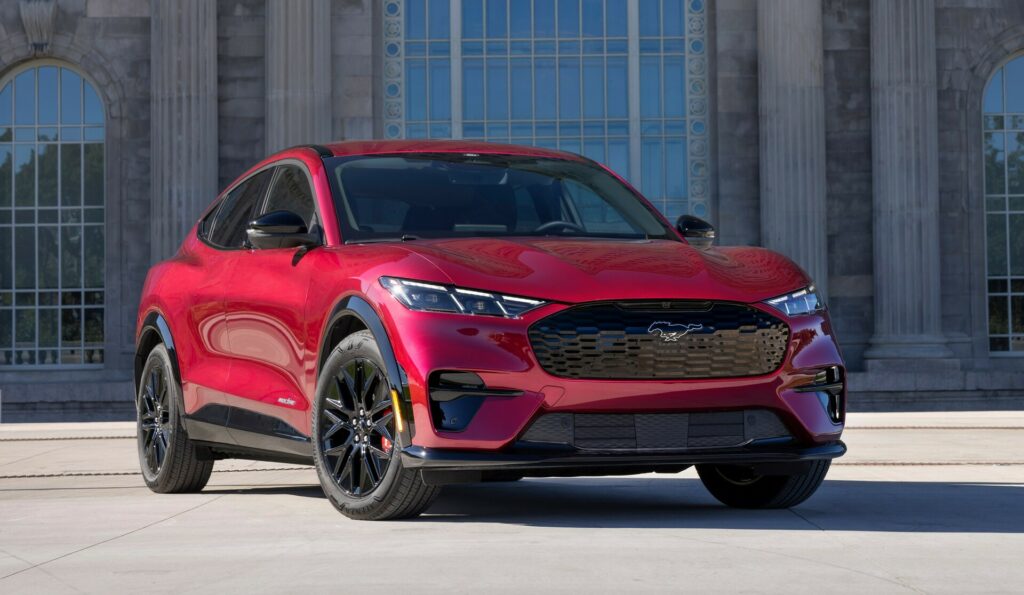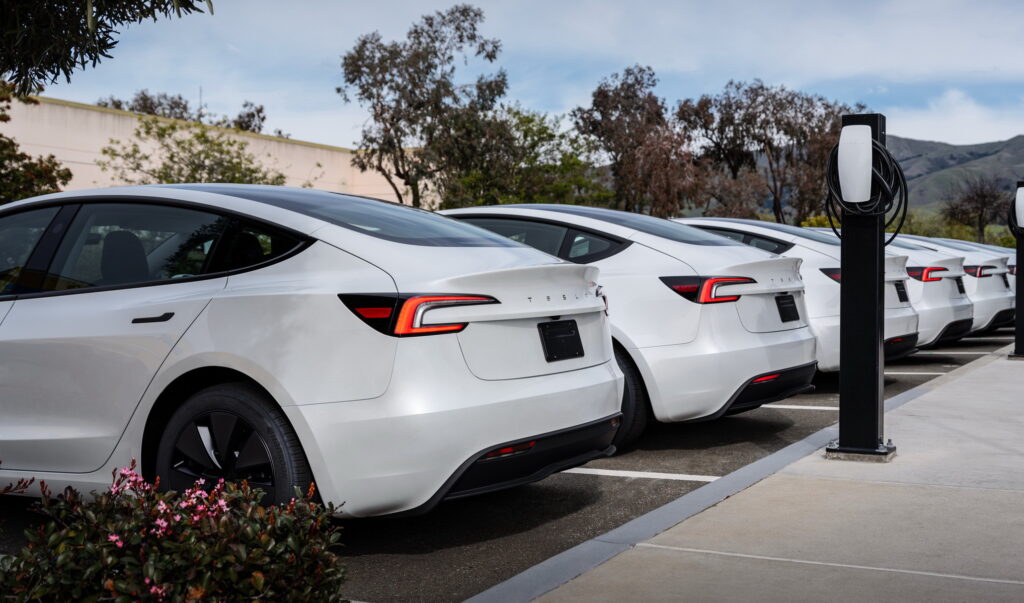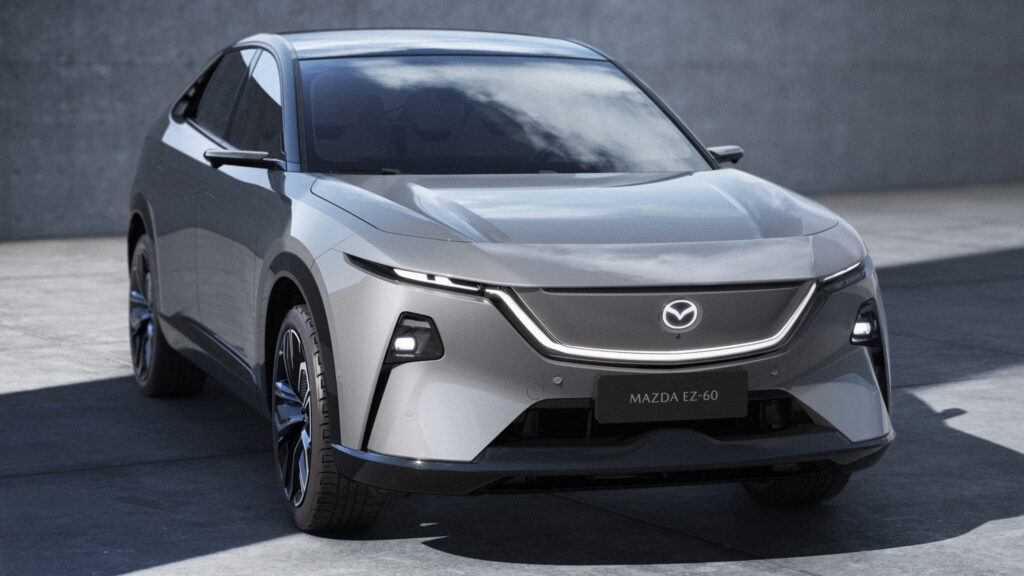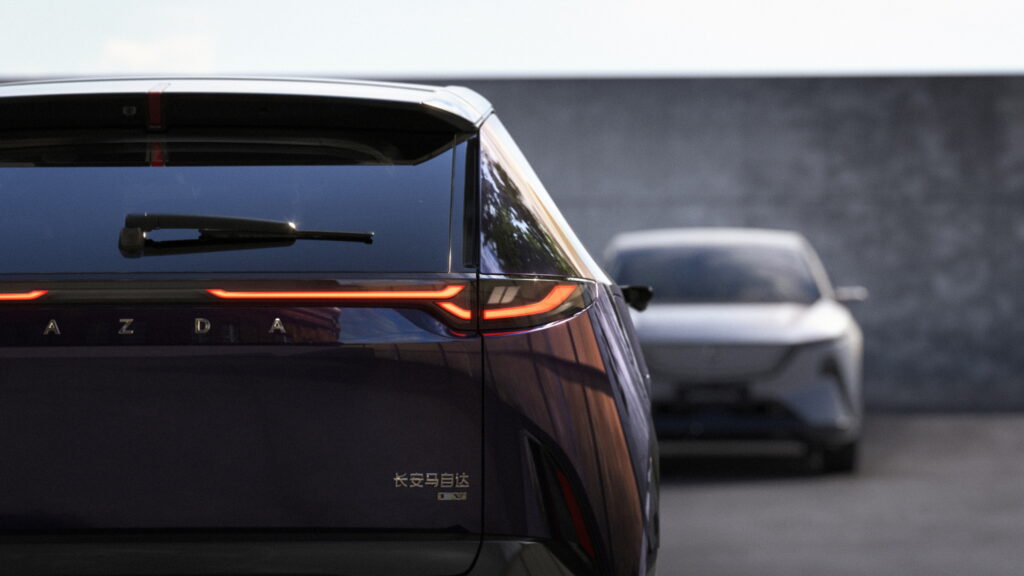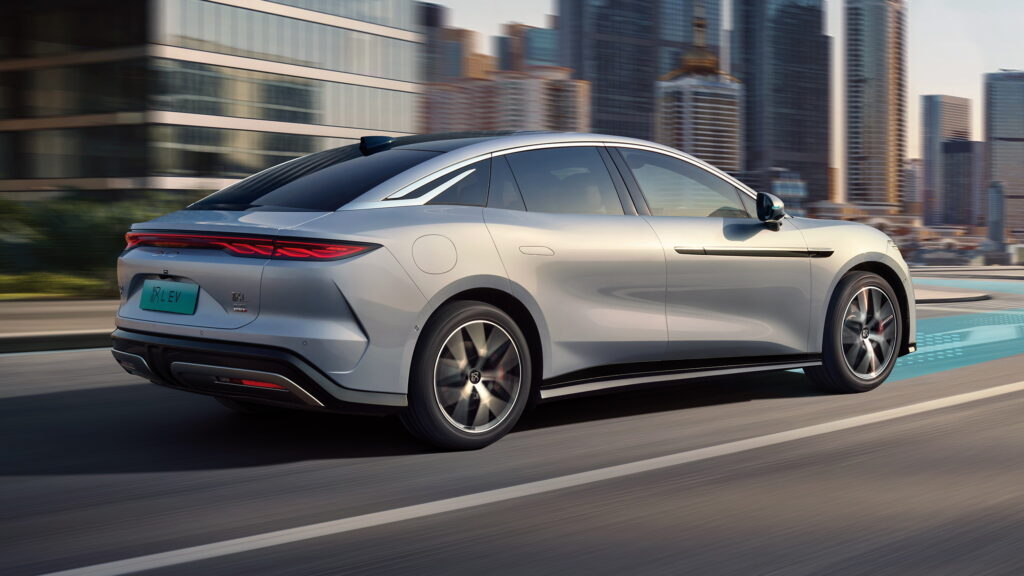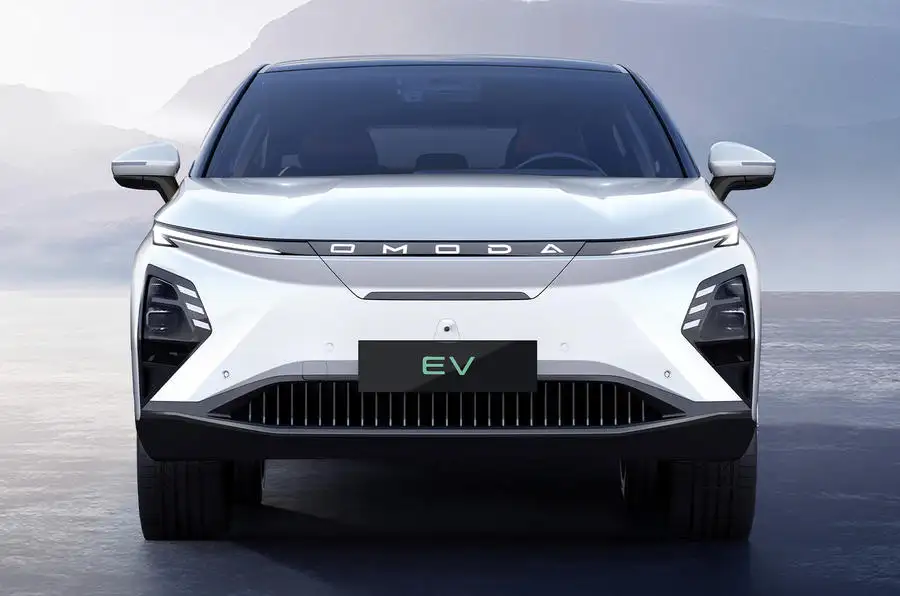Canadians Push To Let In EVs You Were Never Supposed To Buy

- EV advocates want Canada to allow European models not currently certified for import.
- Doing so would require changing safety rules that closely follow existing US regulations.
- Adjusting those standards could sidestep US tariffs and expand vehicle choices for buyers.
For Canadians navigating an increasingly pricey auto market, more choices could be part of the solution. The federal government has a range of priorities, but one of them is maintaining a strong, competitive car market. Tariffs imposed by Donald Trump haven’t made that easier, but some dealers have an idea.
They want government officials to open up regulations to allow European market cars into the country. Now, a major electric vehicle advocacy group is on board and joining the push.
Read: 80% Of Car Tariffs Could Be Passed Directly To You
A solid car market has to do with more than just keeping prices down; it requires having options for buyers, too. At the moment, Canada’s safety regulations fall closely in line with those south of the border.
Changing them, or at least expanding them to include cars sold in Europe, would sidestep American tariffs and make several popular models across the pond available in Canada. Of course, Transport Canada, the country’s regulatory body, has its hesitations.
“Right now, there is a blockage, saying that for safety reasons, they cannot let these cars in,” says Daniel Breton, head of Electric Mobility Canada. “Right now, Transport Canada is saying, well, we have to change the bumpers and we have to change the headlights and this and that for safety reasons, which, as far as I’m concerned, is total B.S.,” he continued.
His argument is a simple one¨“If the car is good enough to be driving on European roads, where you can drive much faster than here, don’t come and tell me that they’re not safe enough to be driven in Canada.” That’s hard to debate, and some Canadian dealers agree, but some in the government are trying to argue against it anyway.
Safety Standards, Road Realities

“The certification requirements of other jurisdictions may not be sufficient to meet the safety needs of Canadian road users due to Canada’s distinct driving environment,” said spokesman Hicham Ayoun in an email to CTVNews. “Some European crash testing requirements are not as stringent as the Canadian regime due to differences in their driving environment.” To their point, Canadian roads are very similar to those in the USA.
That means lots of big, wide-open stretches of road. But there’s no reason to believe that’s the only place small cars imported from Europe or China will end up driving. Opening up regulations is one way that Breton sees the nation continuing to support its own goals to get more people into affordable electric cars.
Public Support Builds
A poll of 2,585 Canadians showed that 70 percent were in favor of allowing European-approved EVs into Canada. Now, it’ll be up to the government to decide whether the support it’s seeing is enough to move forward.





